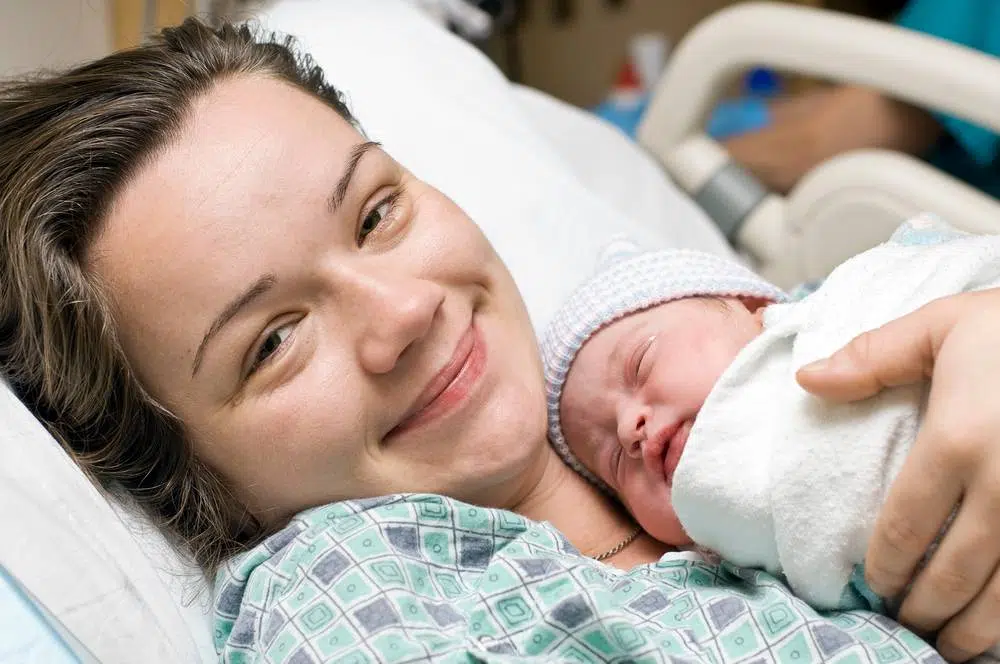
Content Reviewed by:
Dov Apfel
Content Reviewed by: Dov Apfel
Accordion Content
Since 1979, Dov Apfel has been passionate about advocating for birth injury and medical malpractice victims. Mr. Apfel’s career-long record of achievements in birth injury litigation, education, and advocacy has been recognized by the Executive Board of the Birth Trauma Litigation Group of the American Association for Justice. His expertise is demonstrated by his numerous awards, presentations on birth injury topics at legal conferences for organizations like the AAJ and ATLA, and articles published by Trial Magazine and many others.
The Connection Between Labor Inducing Drugs and Birth Injuries
According to research provided through the National Partnership for Women & Families (NPWF), up to 50% of all birth injuries to mothers and babies are avoidable with proper planning and better care. And a woman’s doctors or medical team may be responsible for those injuries if they allow labor and delivery complications to impact a mother and her baby’s health. At times, a physician may schedule a delivery to induce labor and avoid further complications.
NPWF has identified three situations that can occur at the end of pregnancy when women or newborns are likely to benefit from induction:
- Pre-labor rupture of membranes (broken water) after 37 weeks
- A pregnancy that has lasted more than 41 weeks
- High blood pressure at full term
However, labor induction also carries added risks to both mom and baby, especially when not medically necessary, and can lead to an irreversible birth injury.
- Failed Induction: About 25% of women will start induction with an unripened cervix and may need an emergency C-section when labor stalls.
- Low Heart Rate: The medications used to induce labor — oxytocin or other prostaglandins — might cause abnormal or excessive contractions, which can diminish a baby’s oxygen supply and lower a baby’s heart rate.
- Infection: Some labor induction methods, such as rupturing a mother’s membranes, might increase infection risk for both mother and baby.
- Uterine Rupture: This is a rare but serious complication in which the mother’s uterus tears open along the scar line from a prior C-section or major uterine surgery. An emergency C-section is needed to prevent life-threatening complications and the possible removal of the uterus.
- Post-Partum Hemorrhage: Labor induction increases the risk that a mother’s uterine muscles won’t properly contract after giving birth (uterine atony), leading to severe bleeding after delivery.
Also, newborn intensive care unit admission rates are higher when induction is present than mothers who experience spontaneous labor.
Labor Inducing Drugs Can Cause Stress and Harmful Side Effects
Certain drugs such as oxytocin (Pitocin) administered through an IV drip, and techniques like manually breaking a woman’s waters are often required to induce labor. Unfortunately, both may carry problematic side effects for the mother, the infant, or both. The mother may experience nausea, vomiting, or severe and excruciating contractions. The baby may suffer an irregular heartbeat, bleeding in the eye, seizures, or a slow heartbeat. At times, a baby may be delivered very quickly and cause vaginal tearing and injuries as they are unnaturally forced through the birth canal. During this time, the baby could also experience a lack of oxygen, which may cause traumatic brain damage, including the possibility of cerebral palsy.
Contact a Chicago Birth Injury Attorney at Levin & Perconti
Levin & Perconti is a nationally renowned law firm with a strong history of successful birth injury cases, including those addressing induction-related mistakes and OBGYN malpractice. Call us today at 312-332-2872 or 877-374-1417, and let a Chicago birth injury attorney at Levin & Perconti help you explore your legal options.



